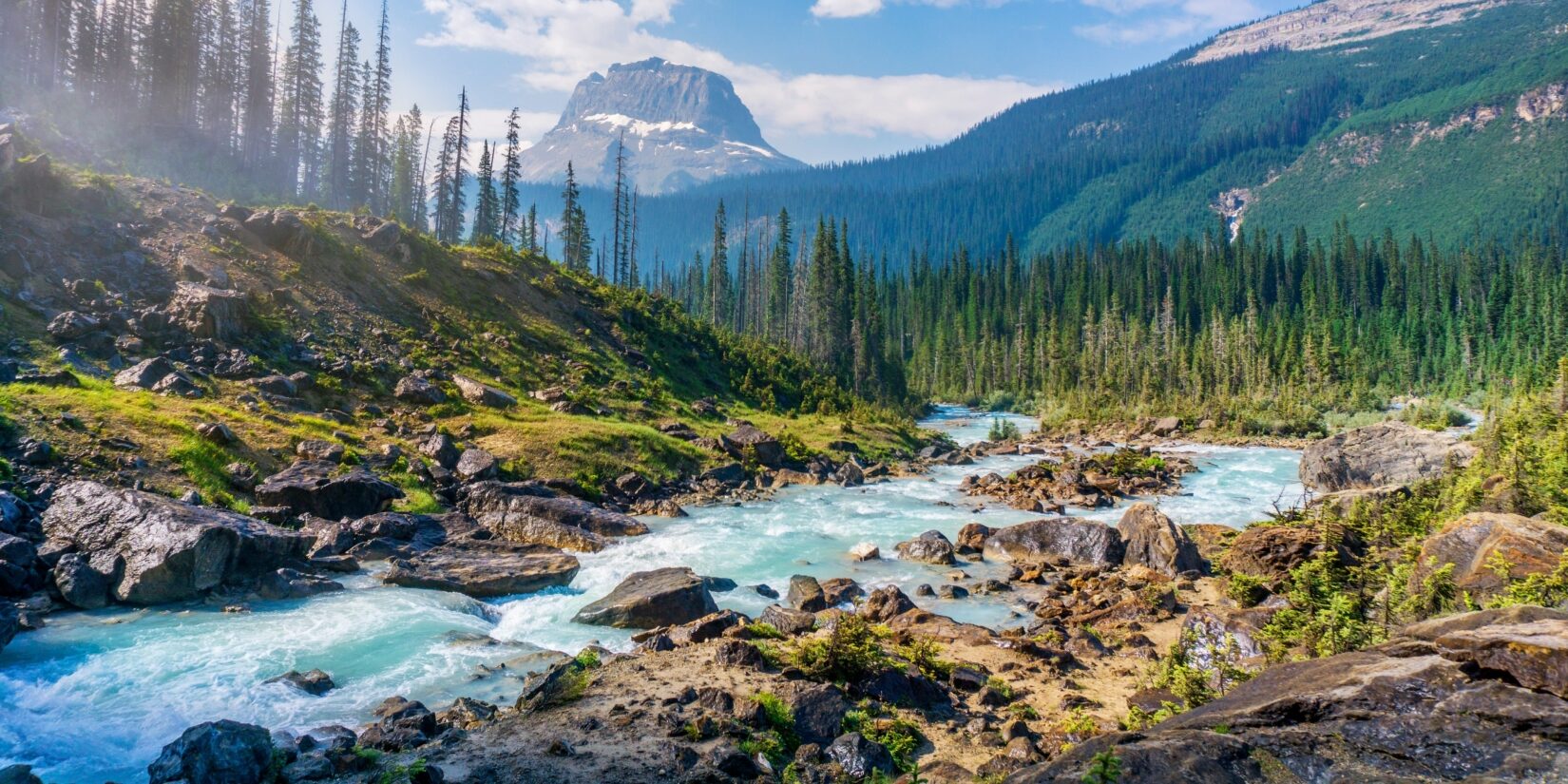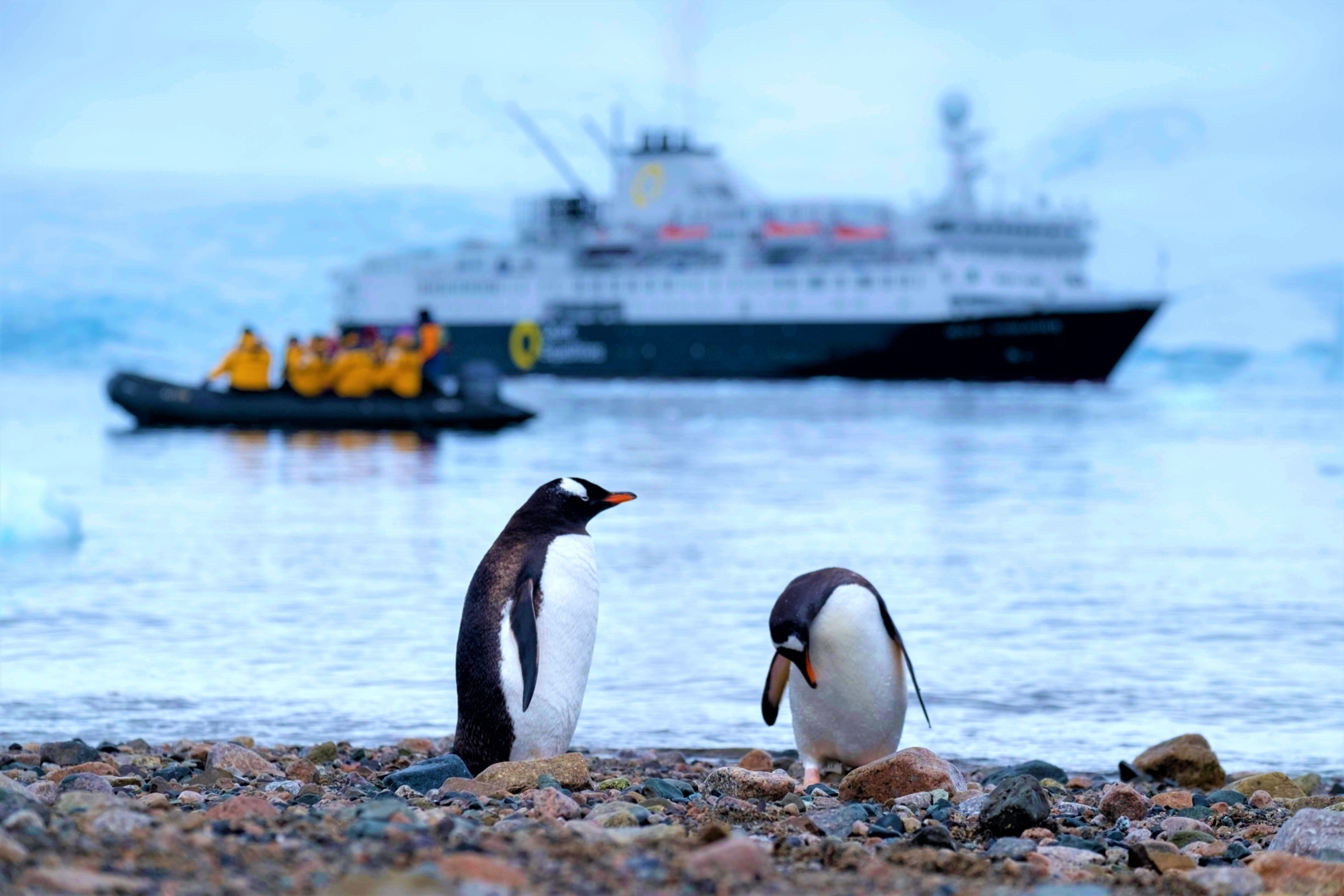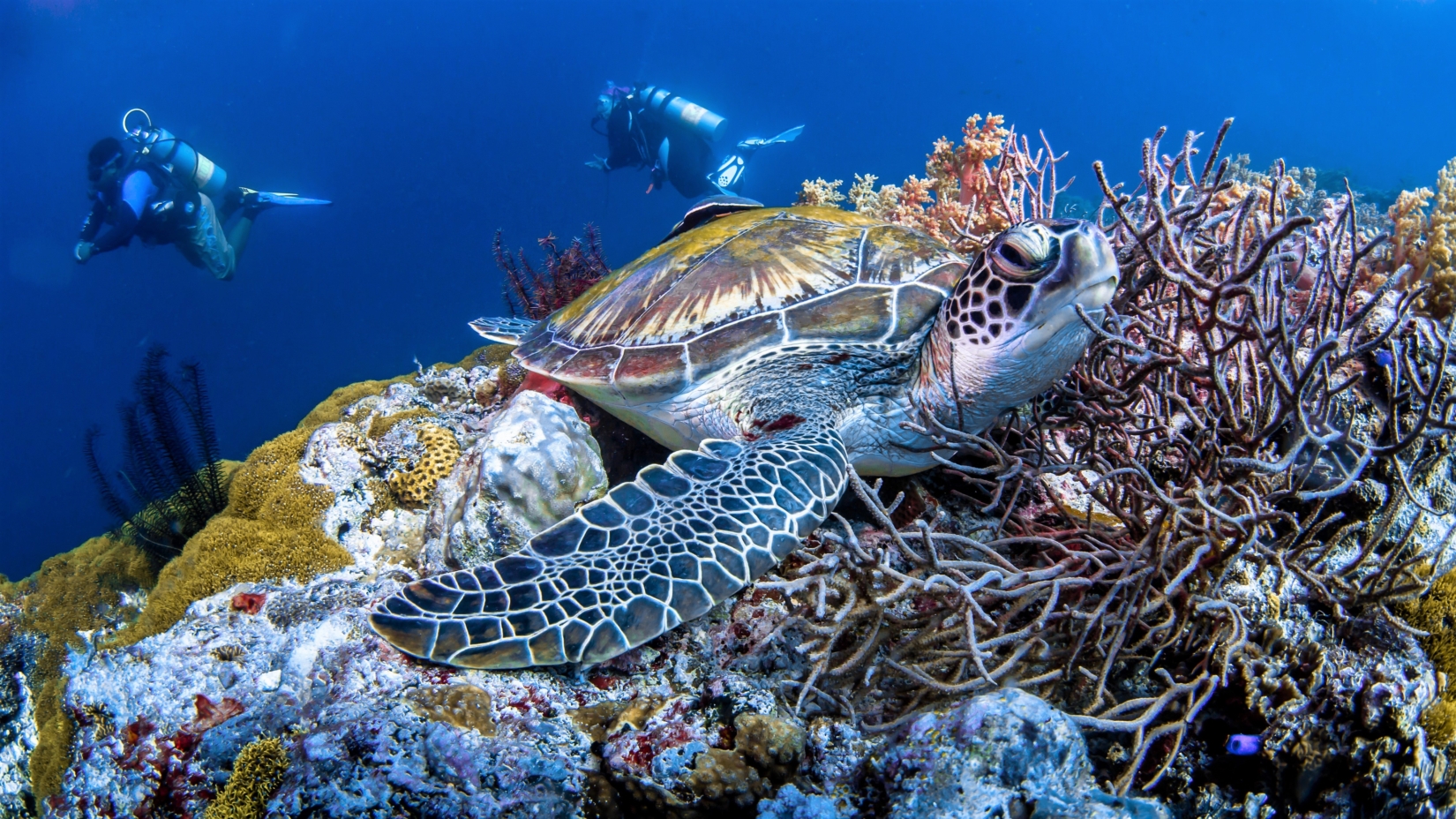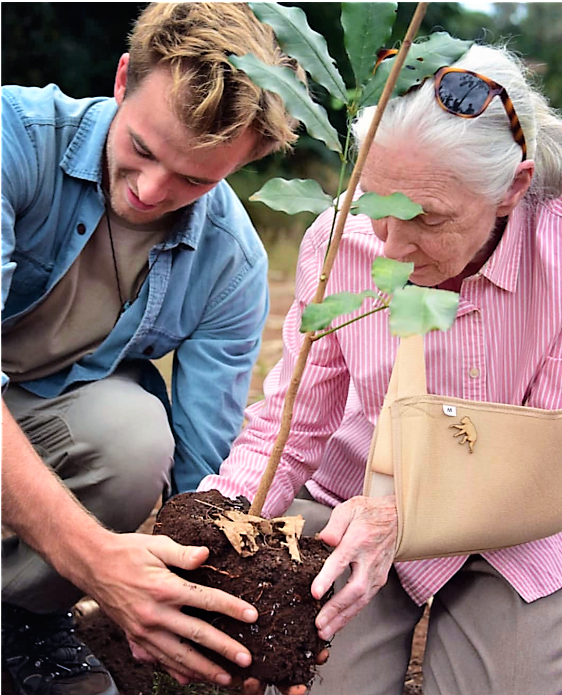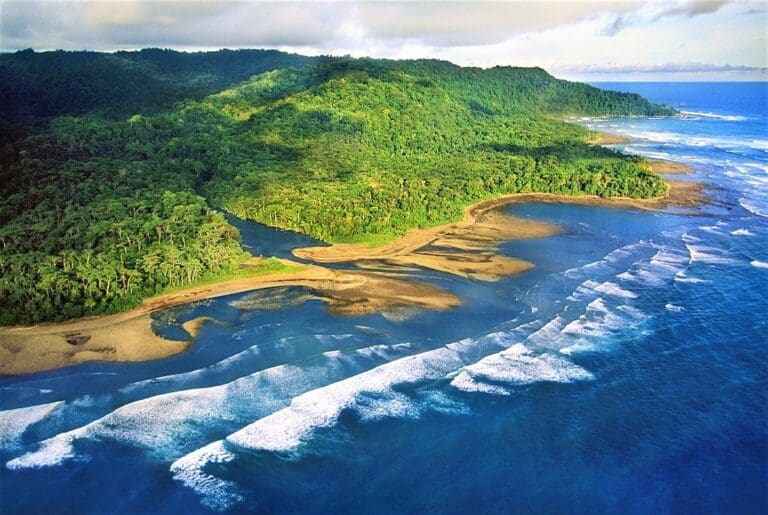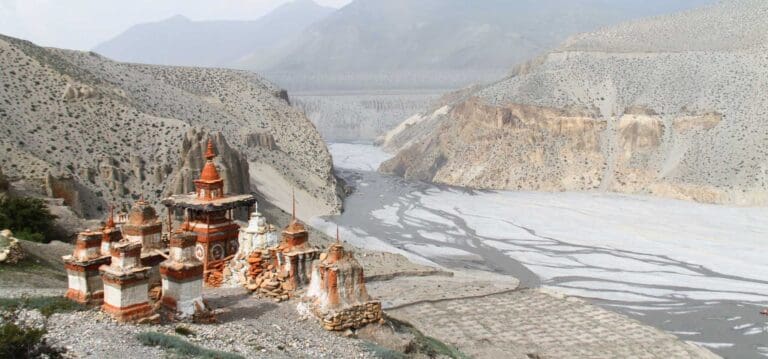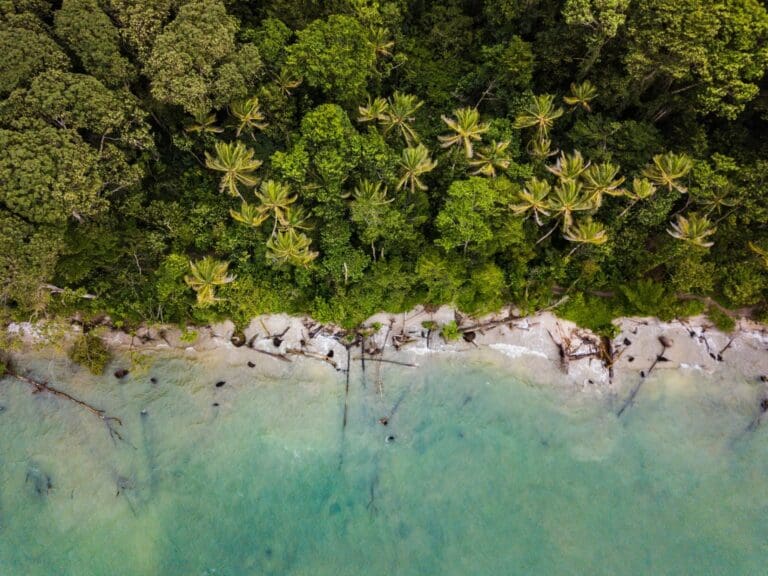10 Ways to Travel Sustainably, Top Green Destinations & Smart Tips
Sustainable travel is needed now more than ever. But what is it and how can you do it? Let’s first take a look at why it’s important.
The global tourism industry is responsible for a whopping 8% of all greenhouse gas emissions, and that number keeps climbing, according to a report published by Nature Climate Change.
Of that, the Environmental and Energy Study Institute attributes 2.4% of all emissions as a direct result of aviation. To put this into perspective, experts say you’d need to plant a whole acre (4,047 m2) of forest to recoup the carbon output of a single long-haul flight!
On top of all that, people are just waking up to the fact that travel sustainability isn’t only about cutting the carbon dioxide (CO2) we emit. There’s much more to it. It’s also about witnessing nature responsibly, eating ethically while on the move, and engaging and helping local communities.

We’re on that journey here at The Explorer’s Passage, just like everyone else. As an industry award-winning premier adventure travel company, traveling better is a priority of ours. That’s why we want to loop you in on sustainable travel and we’re glad you found this blog.
Ever wonder what sustainability looks like in travel? Curious how industry players are making trips more eco-friendly? Interested in how you can globetrot more responsibly? Want some perfect destination ideas for greener travel? Keep reading to find out!
Inside this Guide
- What is sustainable travel?
- The Three Pillars of Sustainability
- Sustainable travel initiatives around the world
- Choosing a responsible travel provider
- 10 ways to travel more sustainably
- 3 top green destinations for sustainable tourism
What is sustainable travel?
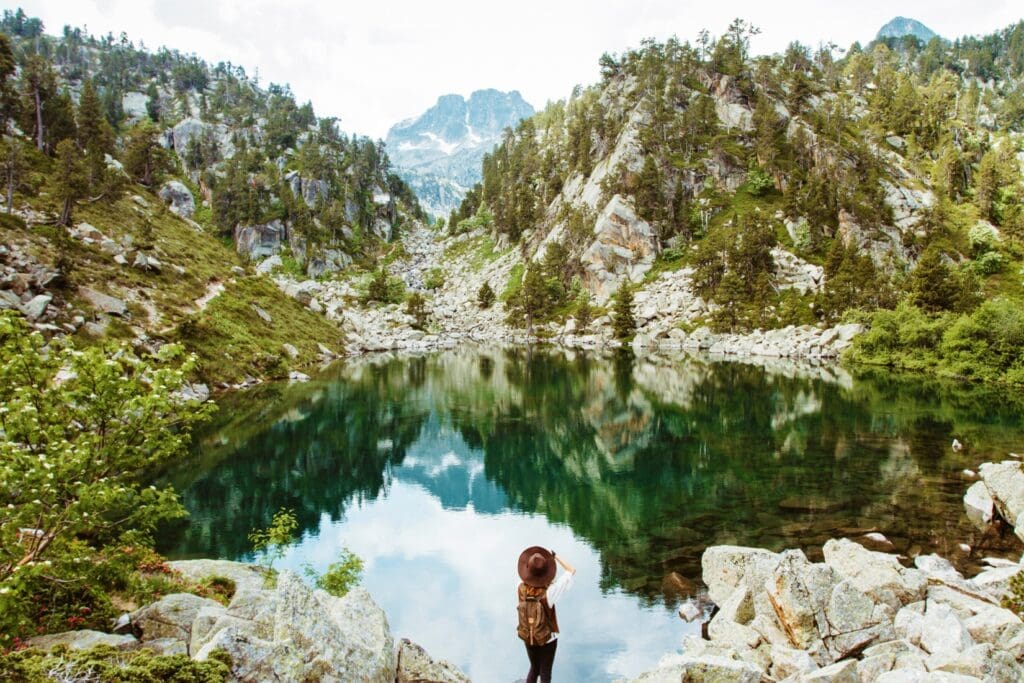
Nailing down a concise definition for sustainable travel is tough. It’s possible to apply the same logic that’s used with renewable energy, in which case sustainable travel is all about ensuring there’s no permanent damage done to the natural world. However, most green travelers also recognize that there’s a need to include communities and cultures in a vision of sustainability and ecotourism.
Meanwhile, some organizations, like The Travel Foundation, paint the picture in more utilitarian terms: “The aim of sustainable tourism is to increase the benefits and to reduce the negative impacts caused by tourism for destinations.”
Generally speaking, you’ll see a few key themes run throughout:
The Explorer’s Passage prefers to go a step further and say that sustainable travel is not just about mitigating negative impacts, but also about having a positive impact on the destinations we go to. AKA: Not simply leaving only footprints, but also leaving the place where you made those footprints better off than it was before – that’s regenerative travel.
Sound like the way you want to travel?
Check out our most popular adventure tour packages!
The Three Pillars of Sustainability

People, planet, profits – these are the central tenets of sustainability in the modern age. Otherwise known as the social pillar, the environmental pillar, and the economic pillar. Together, they form the backbone of sustainability across sectors from banking to business.
When it comes to travel, a lot of the focus is on the environment, but it’s actually important to focus on all three of these principles. Here’s a look at how:
Sustainable travel initiatives around the world
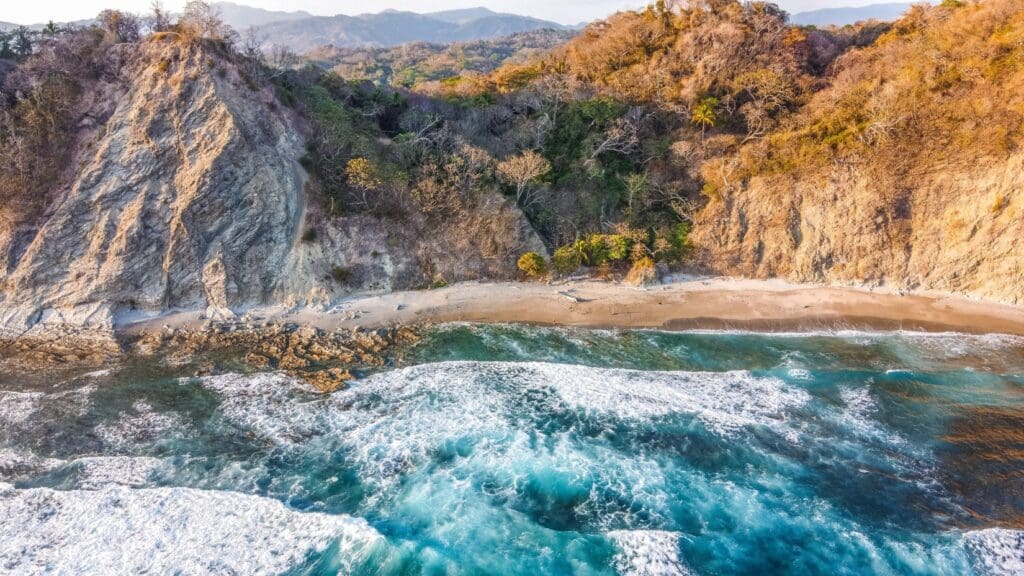
Whether its restrictions on how many trekkers can trek a historical trail each day, carbon-negative hotels in lush rainforests, simple CO2 reductions on flights, or travel-funded conservation programs, there are all sorts of sustainability initiatives on the go right now. Here’s a closer look at these few examples:

Choosing a responsible travel provider
Eco conscious? Us too. We love exploring as much as anybody else, but also realize the environmental and social impact of travel. Evolving the way we all travel is imperative to not only sustaining the natural playgrounds in which we visit, but also to bettering the vibrant communities that live there.
We’re so pleased that sustainable travel is gaining traction. When planning your holiday vacation trips, choose a company that does their part to lessen the impacts of traditional travel.
We, at The Explorer’s Passage, have been in the game for a while now and we do our best to, well, do our best. Our commitment to sustainability is real. Many other travel operators are also doing great things, but here are some of the ways we personally help you travel better when you choose us:
In fact, we co-launched the Polar Carbon Negative Initiative (PCNI) in 2018, which called for all ship operators in the Arctic to also offset 1.25x of their CO2 emissions. We have since expanded this protocol to our other destinations across the globe and have provided tools to our travelers to assist with the offsetting of flights for even more carbon neutrality.
Our CO2 offset reduction program is conducted through participation in a number of renewable energy and environmental projects globally. These include but are not limited to wind farms, hydroelectric projects, solar panel fields, and reforestation efforts. We have set the standard for sustainable travel companies to take responsibility to offset carbon emissions in creative and thoughtful ways.
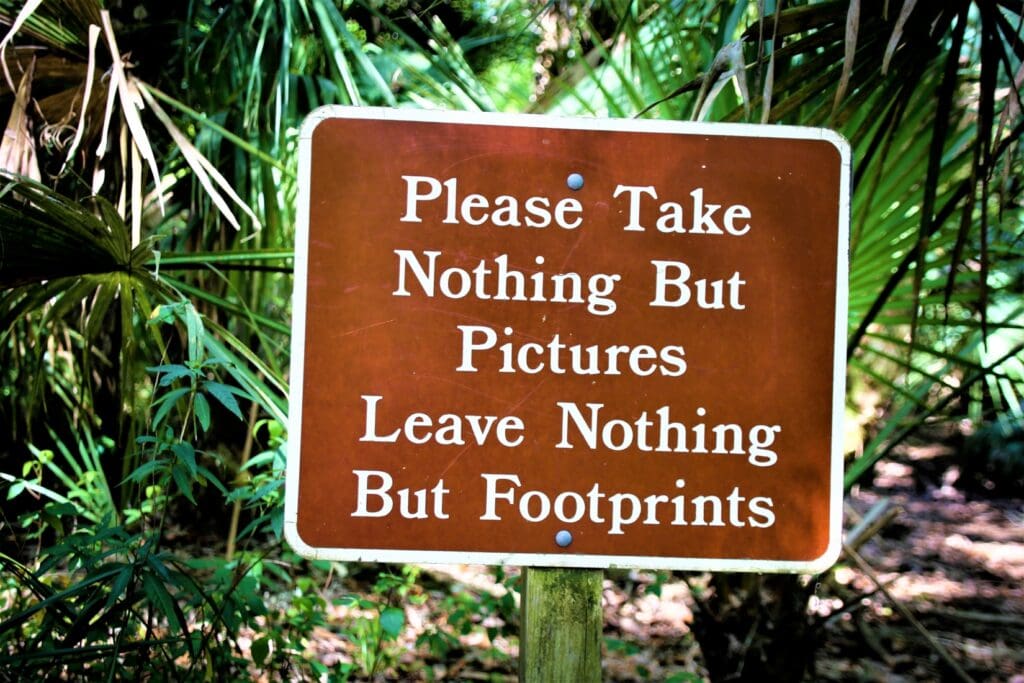
We’re also proud supporters of the Center for Responsible Travel (CREST) and members of a number of other global organizations that help to promote sustainable travel. These include the Adventure Travel Trade Association and Sustainable Travel International, one of the leading players in the industry.
Not only do they provide us with training in environment-friendly travel practices, but they also support a number of green initiatives around the globe, advise policymakers on sustainable governance, and help to develop local sustainability certification programs.
Read more about our mission in articles by Newsweek, National Geographic, and other notable media outlets.
10 ways to travel more sustainably
Have you ever asked yourself, “how can I travel more responsibly?” There are so many ways to make your moves more sustainable when taking a trip. Here are 10 to start with:
- Use eco transport – One very effective way of reducing your CO2 emissions while on vacation is to swap carbon-intensive travel for something less emission heavy. That could mean taking a train instead of going by plane. You never know what adventure awaits on the tracks and you’ll get a closer view!
That goes for vessels too. If you traveled with The Explorer’s Passage on our most recent expedition to Antarctica, then you sailed on a more sustainable modern ship that consumes 60% less energy than other ships of comparable size. Plus, it had the lowest carbon emissions per passenger in the entire industry – now that’s something to feel good about.
- Do CO2 offsetting – There’s been a lot of debate about the efficacy of carbon offsetting. A report by the European Commission claimed that a whopping 85% of carbon offset schemes have totally failed. That’s not great news, but we still believe that offsetting attempts are better than doing nothing.
So, if you can’t reduce the carbon of your trip another way (by traveling overland, for example), then a simple way to mitigate the environmental damage is usually just the tick of a box when you book flights.
Also, consider participating in offsetting activities such as tree planting – just make sure the trees are native species to the area they’re going.
- Pick local, community-run hotels – A sure way to support local communities is to put money back into them. Seek out hotels that are owned and operated by locals themselves for your vacation stays. Not only is this more in line with sustainable principles, but we think it’s a ticket to a more immersive travel experience – think nights spent in glass-domed pods in the Andes and authentic Sherpa huts on the way to Everest Base Camp.
Also, more and more hotels are running sustainable initiatives so choose places with related certifications whenever possible.
- Reduce, reuse, recycle – Conserve water by taking shorter showers. Use less electricity by turning off lights and electronics when not in use. Limit laundering services by reusing linens and towels. And when it comes to food, only order what you’ll eat and compost if possible. If available at the destinations you visit and accommodations you stay, be sure to participate in recycling programs.
- Practice slow travel – Slowing travel down and taking more time to explore one place and its local gems means you’re less likely to hop on multiple long-haul flights in any given period. Also, select itineraries with the fewest possible connecting flights whenever possible. That has the effect of minimizing your footprint by cutting down your CO2 emissions but also means you can nurture more meaningful connections with the communities you visit.
- Go with green activities – Choosing activities such as hiking, biking, kayaking, picnicking, and birdwatching can lower your impact while reconnecting you with scenic surroundings at your destination. Plus, you might get a workout from some of these activities so your body will thank you too!
If you have the chance to do so safely, a local clean-up can also be an impactful activity during your sustainable tour. In 2022, we ran a trip where our travelers assisted in a beach clean-up that removed 1,102 pounds (500 kilograms) of waste from the Patagonian shoreline. This is just the type of regenerative tourism that is critical to the future of travel.
- Choose tour companies with local guides – It’s not always easy to be sure that you’re picking local guides for your destination trip, but it is important if the aim here is to keep tourism money in the hands of the community. That’s why we’d always recommend choosing a tour operator like The Explorer’s Passage – our team of guides is only made up of expert locals which also ensures you a wonderfully authentic experience.
- Eat organic and local foods – The benefits of eating local and buying local are many. Eating a plant-based diet is also a greener way to fuel up. Go for the vegetarian and vegan options instead of the meats.
Travel with us and you can be sure that the chow on every adventure will always be sourced and cooked with an eye on sustainability. Cue menus of Nepali dal bhat (a staple rice and lentil dish) in Khumbu teahouses or hearty Peruvian fare on the Inca Trail made by backcountry chefs.

- Volunteer on eco missions – There are stacks and stacks of sustainability opportunities and programs out there just waiting for volunteer travelers – all you have to do is look. Also known as ‘voluntourism,’ these opportunities let you get hands-on locally when it comes to healing the planet.
A few years earlier, we partnered with the legendary British conservationist and anthropologist Dr. Jane Goodall and a team of eco champion volunteers to plant over 2,000 trees at the base of Mount Kilimanjaro. The aim? Rewild this incredible part of Africa while also helping green travelers to appreciate the precarious ecological state of the place they’re visiting.

- Choose only responsible wildlife tourism – There’s been a profound change in the way people view wildlife tourism in the last 10 years or so. The days that so-called “elephant sanctuaries” and the like could attract thousands of visitors are ending, as responsible travelers take on a more ethical outlook on the natural world. You can help speed this trend by joining their ranks. Only participate in responsible nature and wildlife ecotourism that’s committed to sustainable practices. If in doubt, don’t do it!
3 top green destinations for sustainable tourism
In all our years of adventuring, we’ve seen first-hand and all too often the negative impacts that travel can have. But we firmly believe that it doesn’t have to be that way.
This impressive planet of ours never fails to inspire us with its colossal glaciers, sawtooth peaks, lonely valleys, and primeval jungles. It’s easy to see that, right now, it needs help more than ever. That’s why The Explorer’s Passage takes green travel very seriously, putting sustainability and ecology at the front and center of our curated trips.
For some trip inspiration, we’ve compiled a list of a few perfect destinations for the eco-conscious traveler. Here are some of our favorite tours that you can feel good about taking and a glimpse at how we help lower our footprint:
Costa Rica

Costa Rica is right there at the forefront of ecotourism. A whopping 28% of the country as a whole is now protected as either a national park or a nature reserve. Whenever visiting this land of smoke-belching volcanoes and chirping quetzals, it’s super important that we help, not hinder, those national efforts towards environmental preservation. We do that by:
Learn more about this wild adventure and book our Costa Rica tour.
The W Trek in Chilean Patagonia
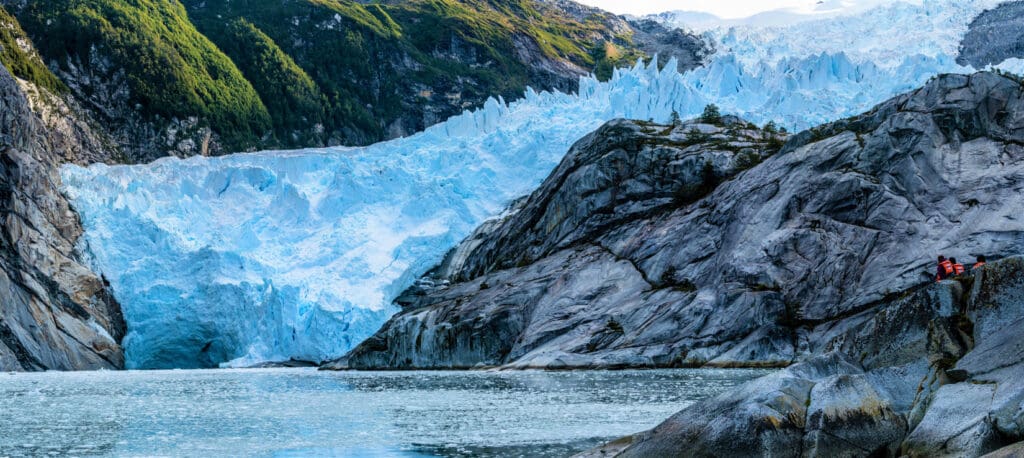
We’ve said it before, but we’ll say it again – the W Trek is one of the most eye-wateringly wonderful hiking adventure destinations on the planet. It just so happens to take you through a region that’s on the very frontline against climate change.
Glaciers and icefields here are thought to be at particular risk of rising temperatures. That’s why it’s more important than ever for us to get it right on our vacation tours. We’re dedicated to sustainable tourism best practices to ensure the W Trek can be enjoyed by future generations. As such, our local teams and service providers employ a number of environmental and economic initiatives, including:
Learn more about this Chilean adventure and book our W Trek tour.
The Inca Trail in Peru
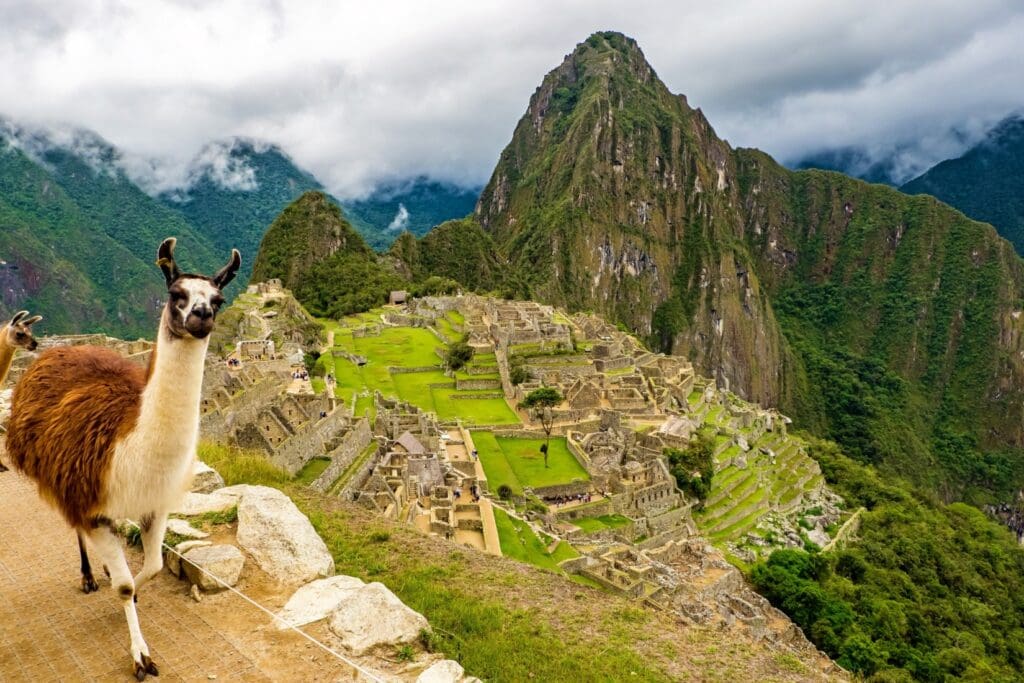
Due to the high trekking numbers on the Inca Trail, the Peruvian government keeps tight restrictions on the iconic route. This has made it all the more important that our trips to this amazing corner of South America have as little impact on the environment as possible.
That’s why we emphasize the concepts of sustainability and responsible trekking on our Peru journeys. How? Here’s just a few ways we run our treks here as sustainably as possible:
Learn more about this Peruvian adventure and book our Inca Trail to Machu Picchu tour.

So there it is – your guide to sustainable travel that sheds light on what we can all do to manage our impact and help the world we call home.
From the very date of The Explorer’s Passage’s foundation, we’ve given our best efforts to do right by sustainability practices. We’re always learning and adapting, ready to develop our tours in a positive way – and we hope you’ll join us! Come be a part of more responsible travel and contact us to plan your next unforgettable adventure!
Why travel with The Explorer’s Passage?
We pride ourselves on delivering extraordinary tours based on travelers’ needs and are humbled by our guests’ testimonials. In fact, our dedication has earned us a 5-star rating on Tripadvisor, and awards by Travel+Leisure Magazine and Newsweek. Check us out and discover why so many green travelers worldwide choose us. We hope to see you soon!
Cheers,
Jeff
Jeff Bonaldi
Founder & CEO
The Explorer’s Passage
About Jeff Bonaldi
Jeff Bonaldi is the Founder and CEO of The Explorer’s Passage, a premier adventure travel company. His mission is to provide travelers with the opportunity to transform their lives and the planet through the power of adventure.
Learn more about Jeff’s story and his company HERE.
Share this amazing location!

